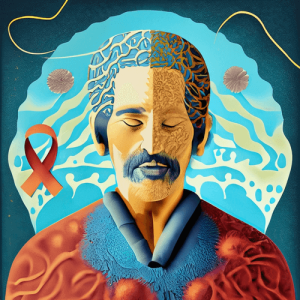Debunking Common Cancer Myths: Separating Facts from Misinformation to Make Informed Decisions
Cancer is a subject often encircled by myths and misinformation, causing uncertainty and apprehension. To assist individuals in distinguishing between reality and fiction and making well-informed health choices, we address common cancer myths. These include misconceptions such as the notion that cancer invariably results in fatality and the belief that solely elderly individuals are







